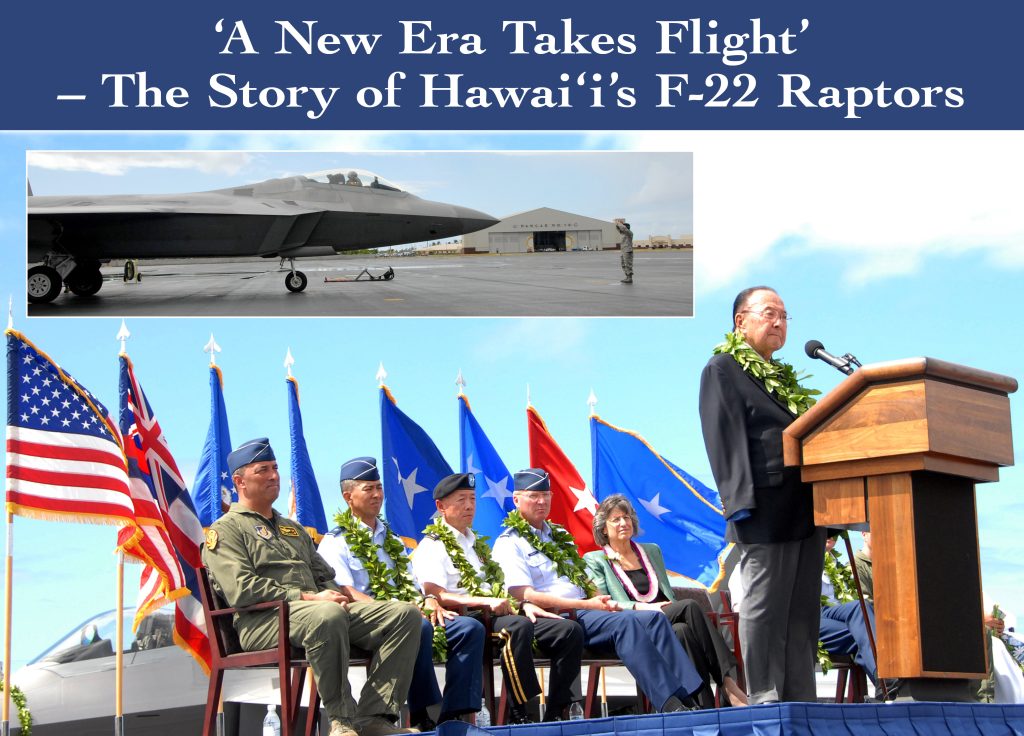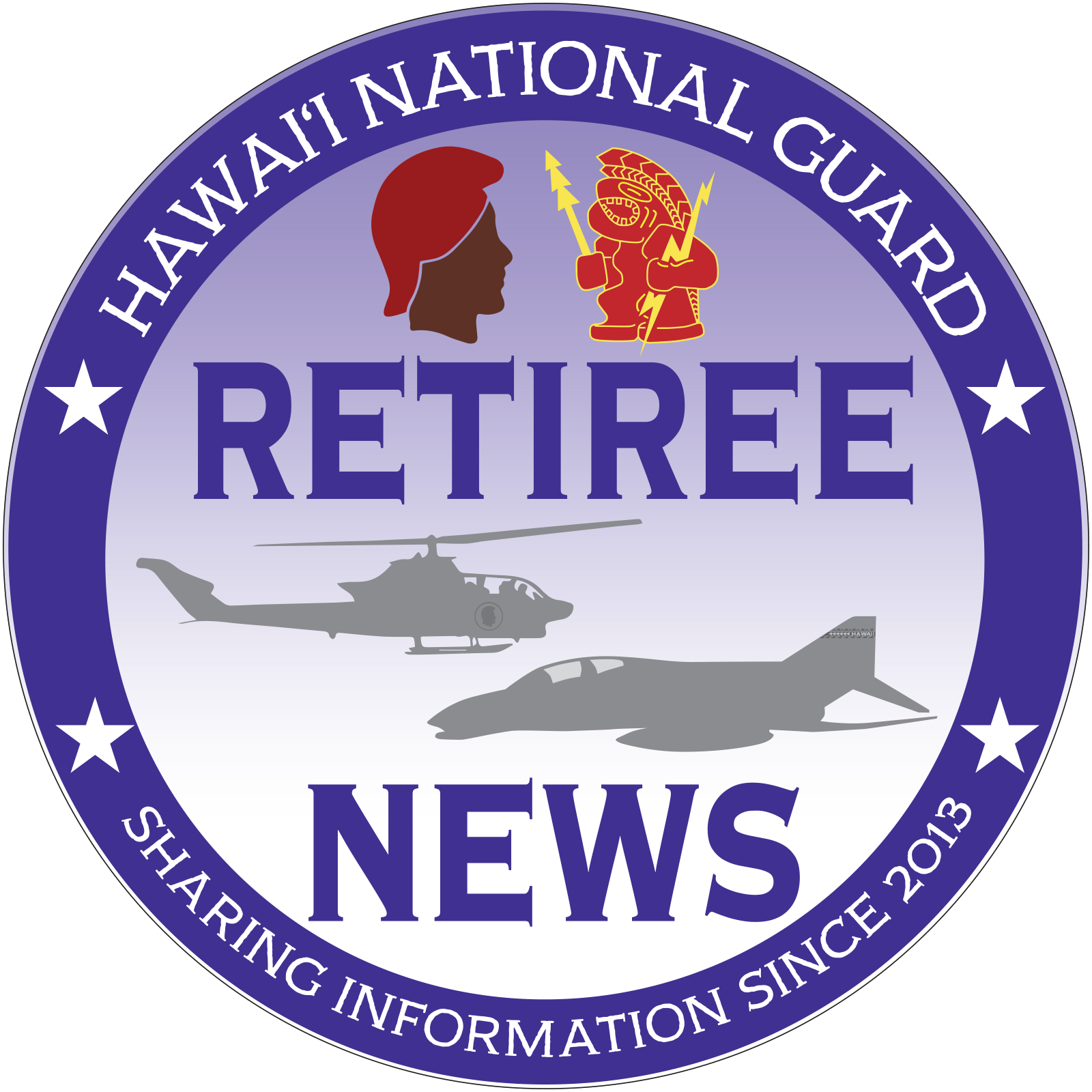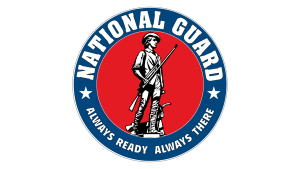Check Six: “A New Era Takes Flight” – The Story of Hawai‘i’s F-22 Raptors
Posted on Jul 9, 2025 in 2010's, Check Six
On July 9th, 2010, the skies over Joint Base Pearl Harbor-Hickam shimmered with anticipation. Down on the flight line, a crowd gathered — Guardsmen, active-duty Airmen, state officials and families — awaiting the arrival of a sleek, unfamiliar silhouette in the distance. As the roar of jet engines drew closer, two F-22 Raptors broke through the horizon, ushering in a new era for the Hawai‘i Air National Guard (HIANG).
This wasn’t just the arrival of a new aircraft. It was the beginning of a historic transformation — a move decades in the making that would redefine Hawai‘i’s role in national defense.
Draped in a traditional Maile lei by Lt. Col. Harvey “Banger” Newton, his wife and Staff Sgt. Joel Herman, the Raptor was formally welcomed to its new home, marking not only a military milestone, but a deeply symbolic connection to the land and people it would now help protect.
U. S. Sen. Daniel K. Inouye stood proudly on the tarmac; his voice steady as he addressed the crowd. “The presence of the F-22 demonstrates the importance of this area in the Pacific Command,” he declared. Beside him, Hawaiʻi Gov. Linda Lingle spoke of the aircraft’s arrival as a testament to the “unique relationship” between Hawai‘i and the United States Air Force.
The F-22 Raptor, the most advanced fighter aircraft in the world, would replace the F-15 Eagles flown by the HIANGʻs 199th Fighter Squadron since 1987. But this wasn’t just about aircraft — it was about partnership. For the first time in history, an Air National Guard unit would lead an associate flying unit, with 75 percent of operations handled by the 154th Wing, HIANG and the remainder by active-duty counterparts in the 19th Fighter Squadron, 15th Wing’s.
The Total Force Integration model wasn’t new, but Hawai‘i was blazing an original trail: a Guard-led Raptor squadron, operating out of one of the nation’s most strategically vital locations. “We are a day closer to the fight,” said Lt. Col. James Sage, HIANG fighter pilot and conversion officer, noting the state’s key role as a logistical and operational hub in the Pacific.
Behind the scenes, the transition was well underway. Pilots trained at Tyndall Air Force Base, undergoing an intensive four-month program. As of September, only two Raptors and three trained pilots were in place, but the pace was set — two aircraft per month, with 20 total Raptors expected by November.
Adapting to the aircraft’s cutting-edge stealth and internal weapons systems meant Hawai‘i had to build new infrastructure, including a Low Observable Composite Repair Facility, a relocated ramp to safely house armed Raptors, and a state-of-the-art simulator, slated for completion in 2014. “This will really help us deflect overall cost and greatly enhance our F-22 training,” said Sage.
The message was clear: Hawai‘i’s Air National Guard was ready for what was next.
“The arrival of the F-22 speaks volumes for the importance of Hawai‘i’s geographic and strategic position in our nation’s defense,” said Gen. Craig McKinley, Chief of the National Guard Bureau.
For the Guard, for the state, and for the nation, the arrival of the F-22 wasn’t just the delivery of a jet — it was a commitment to readiness, partnership, and air dominance in the Pacific for generations to come.
References: 2007 November – 2008 March Pūpūkahi, 2009 June Kūkāʻilimoku, 2009 December Kūkāʻilimoku, 2010 Annual Report, 2010 April – May Kūkāʻilimoku, 2010 June Kūkāʻilimoku, 2010 July Kūkāʻilimoku, 2010 August Kūkāʻilimoku, 2010 October Kūkāʻilimoku


